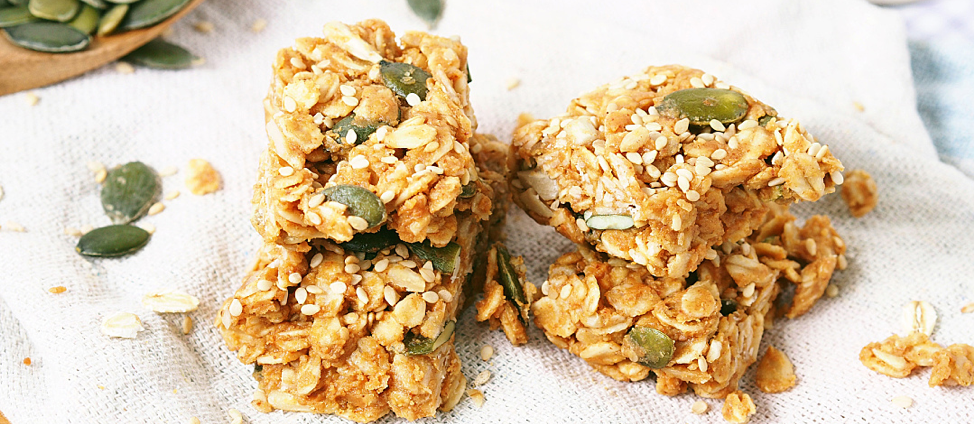1. Improve Longevity
Perhaps the most convincing argument for strength training: muscle mass and strength are key predictors of how long you'll live. Researchers think that muscle may reduce the risk of early death in part by improving the body's response to insulin (the hormone that regulates our blood sugar).
Muscle also serves as an important protein reserve that the body can use to help recover from illness and injury. Research uncovers how muscle can be overlooked when body mass index (BMI) is the only measure used to predict clinical outcomes. Because BMI is a ratio of weight and height and does not account for lean body mass and fat tissue, it should not be used as the sole measure of someone's health.
2. Fight Osteoporosis
Bone density and strength can naturally decline during the aging process, increasing the risk of fractures that can lead to disability and death. Fortunately, people who strength train — including older adults — can help minimize losses in bone density. Even after 65, many adults can increase their bone mineral density through strength training. This is because resistance exercise, especially standing resistance exercise and multi-joint movement, places healthy levels of stress on bones including the spine and hips. Over time, this promotes bone density and strength.
3. Maintain a Healthy Body Composition
Resistance exercise builds muscle, but it also reduces the risk of excess fat. Excess central body fat around the waistline such as visceral fat, which sits in and around the internal organs, has the greatest effect on cardiometabolic health. In one Harvard study of 10,500 adults, participants who substituted 20 minutes per day of weight training for other activities gained less abdominal fat over a 12-year span.
4. Strengthen Body Confidence
Regardless of how your body does or doesn't change with resistance exercise, you can expect to feel better. Studies show that by engaging in a regular strength training routine, people such as middle-aged and older women can improve their body image and self-esteem. After all, when you tackle new feats of strength, the empowerment is infectious in all areas of your life.
5. Enjoy Better Mental Health
As well as raising levels of feel-good neurotransmitters in the brain, resistance exercise has helped people, including young adults, to reduce anxiety symptoms. Whether or not anxiety or mild depressive symptoms are involved, strength training may help benefit your mental health and may boost your mood, too.
6. Keep the Brain Sharp
Resistance exercise affects the brain in many ways. Fortunately, for people who want their brains to run at top performance now or who want to reduce the risk and severity of cognitive decline in old age, strength training can help. In fact, when a group of elderly women with mild cognitive impairment performed resistance exercise training just twice a week for six months, they demonstrated improved memory and cognitive functioning.




Social Share